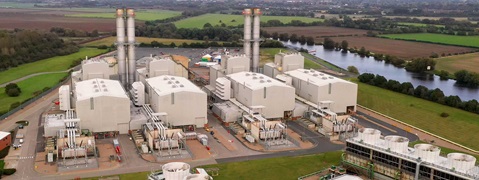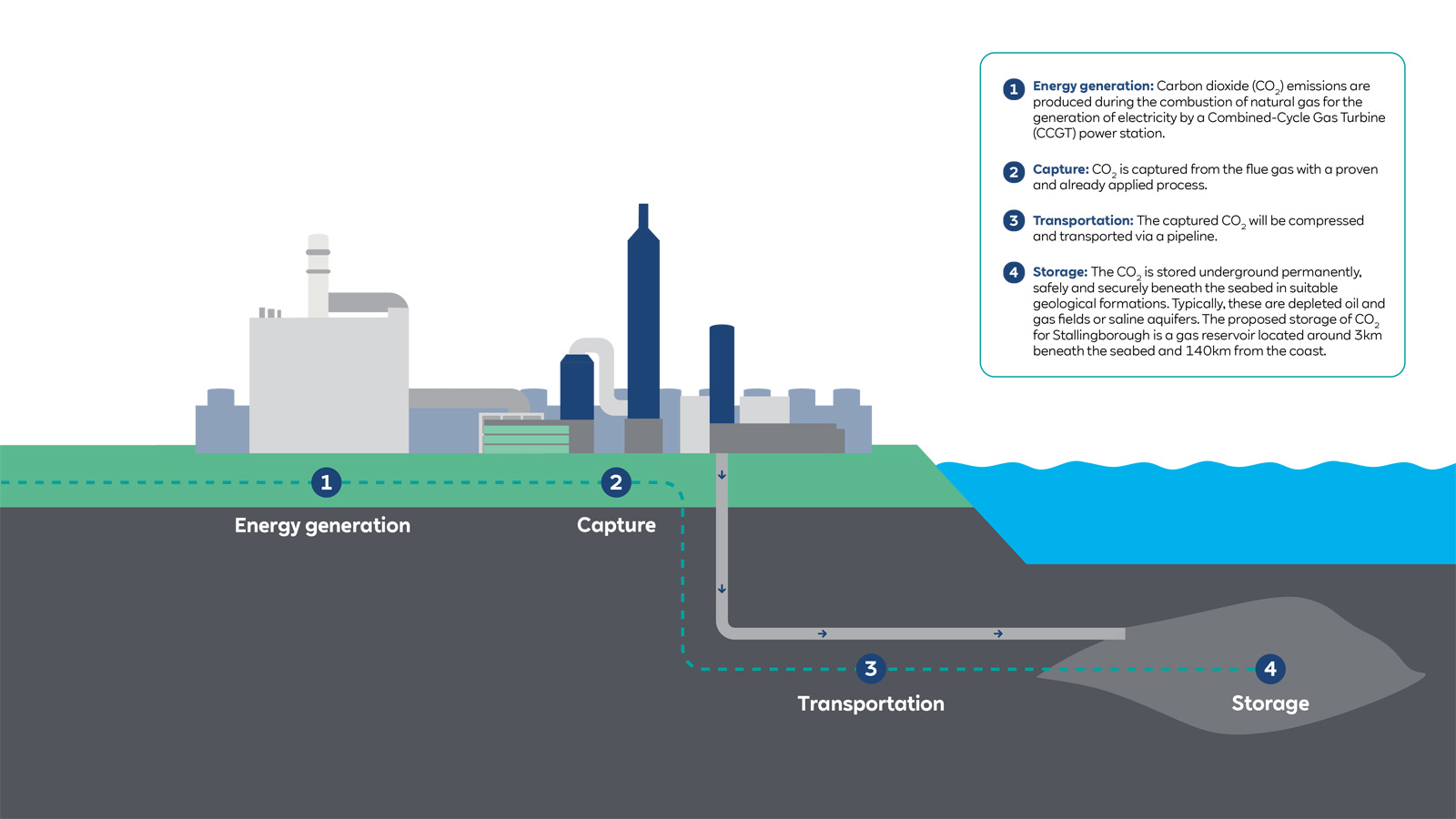Since 1950, RWE’s site at Staythorpe, in Nottinghamshire has been generating electricity to help meet the UKs energy demands. The current natural gas-fired power station, commissioned in 2010, is one of the most efficient in the UK and continues to produce some of the lowest carbon dioxide (CO2) emissions per MW generated of any combined-cycle gas turbine power station in the UK.
We are now investigating options to apply post combustion carbon capture technology to Staythorpe Power Station to provide reliable, firm and flexible decarbonised electricity into the future. The project supports the broader decarbonisation of the region, in line with the Government’s and RWE’s net zero ambitions. We are working with Harbour Energy to explore options for transporting and storing the captured carbon through its Viking Carbon Capture and Storage network.
We will build on Staythorpe’s local energy heritage, safeguarding existing jobs at the power station, whilst delivering significant local economic investment and creating new jobs throughout construction and operation.



